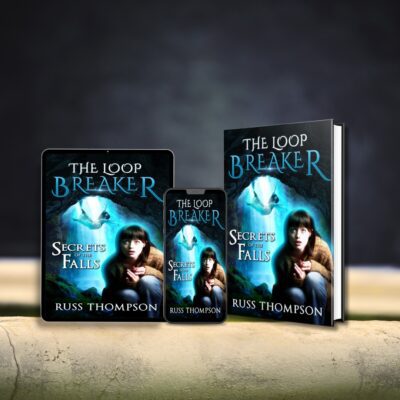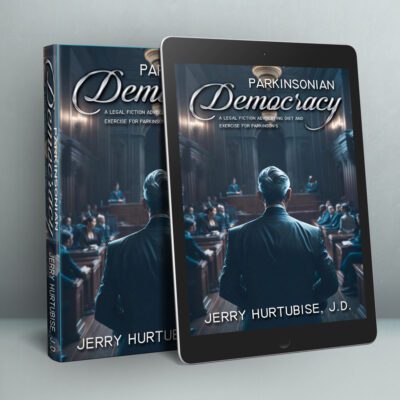If you’ve ever Googled “book editor,” you’ve probably fallen into a rabbit hole of confusing terms: developmental, copy, line, proof… Wait, how many editors do I need?
Don’t panic.
Think of your book like a house. You don’t just slap on a coat of paint and call it livable. You need someone to check the structure, install the plumbing, make sure the light switches work, and then pick out a great color for the walls. Editors are like that; each one has a different job, and your book needs more than one to stand strong.
Here’s a breakdown of the four main types of book editors, what they actually do, and when you should bring them in.
1. Developmental Editor: The Architect
What they do:
They look at the big picture—plot, pacing, character arcs, structure, themes, point of view, and anything else that shapes the skeleton of your story.
What they fix:
- Plot holes
- Saggy middles
- Flat characters
- Confusing timelines
- Inconsistent worldbuilding
When to hire one:
After you’ve finished a draft, but before you start polishing your prose. This is your story’s structural checkup.
Think of them as:
The architect who helps redesign the layout before construction begins.
2. Line Editor: The Stylist
What they do:
They zoom in on your writing style. A line editor focuses on how things are said: tone, rhythm, clarity, word choice, and voice.
What they fix:
- Awkward phrasing
- Redundant sentences
- Flat or inconsistent tone
- Unintended confusion
- Dialogue that doesn’t pop
When to hire one:
Once your story is solid and you’re happy with the plot. Line editing is about refining the way you tell it.
Think of them as:
Your stylist. They don’t change the outfit, but they tailor it so it fits perfectly and feels like you.
3. Copy Editor: The Technician
What they do:
This is the grammar-and-consistency expert. Copy editors catch all the technical issues: spelling, punctuation, capitalization, formatting, continuity, and style guide usage.
What they fix:
- Typos and grammar errors
- Style inconsistencies (are you capitalizing “magic” or not?)
- Misused words
- Repetitions and contradictions
- Internal timeline problems
When to hire one:
After line editing. Your book should be nearly final, just needing a thorough cleanup.
Think of them as:
The quality control inspector who makes sure everything works exactly as it should.
4. Proofreader: The Final Sweep
What they do:
This is the very last set of eyes before your book goes to print or gets uploaded to publishing platforms. Proofreaders catch anything that slipped through the cracks.
What they fix:
- Final typos
- Formatting hiccups
- Broken links (in nonfiction or eBooks)
- Page layout issues
- Any last-minute goofs
When to hire one:
Right before publishing. After the copy edit is done and you’ve laid out the final version.
Think of them as:
The person who checks your teeth before a photo. Not flashy—but so, so necessary.
Pro Tip: Check out Mary Adkins’ post on these types of book editors to know when is the best time to hire an editor for your novel.
How They Work Together
Think of editing like layers. Each editor builds on the one before:
- Developmental Editor: Reshapes the story
- Line Editor: Refines how it’s told
- Copy Editor: Fixes the technical stuff
- Proofreader: Polishes the final product
Trying to skip ahead can backfire. If you proofread before fixing plot holes, you’ll end up editing chapters you might later cut. Each step has a purpose and saves time (and tears) in the long run.
Bonus: Simple Editing Cheat Sheet
For your convenience, here’s a simple editing cheat sheet of the types of book editors you’ll soon need.

Editing is a Team Sport
You don’t need all these editors at once, but you’ll probably need most of them if you want a professional, publish-ready book. Knowing who does what (and when) saves you time, money, and a whole lot of frustration.
Next up: how to figure out which type of editing your book needs right now, and how much book editing costs. Stay tuned.
P.S.
Have you read about What Editors Do?
In the meantime, you may check out this article on the comparison between Beta Readers and Sensitivity Readers, to explain why authors need both.







